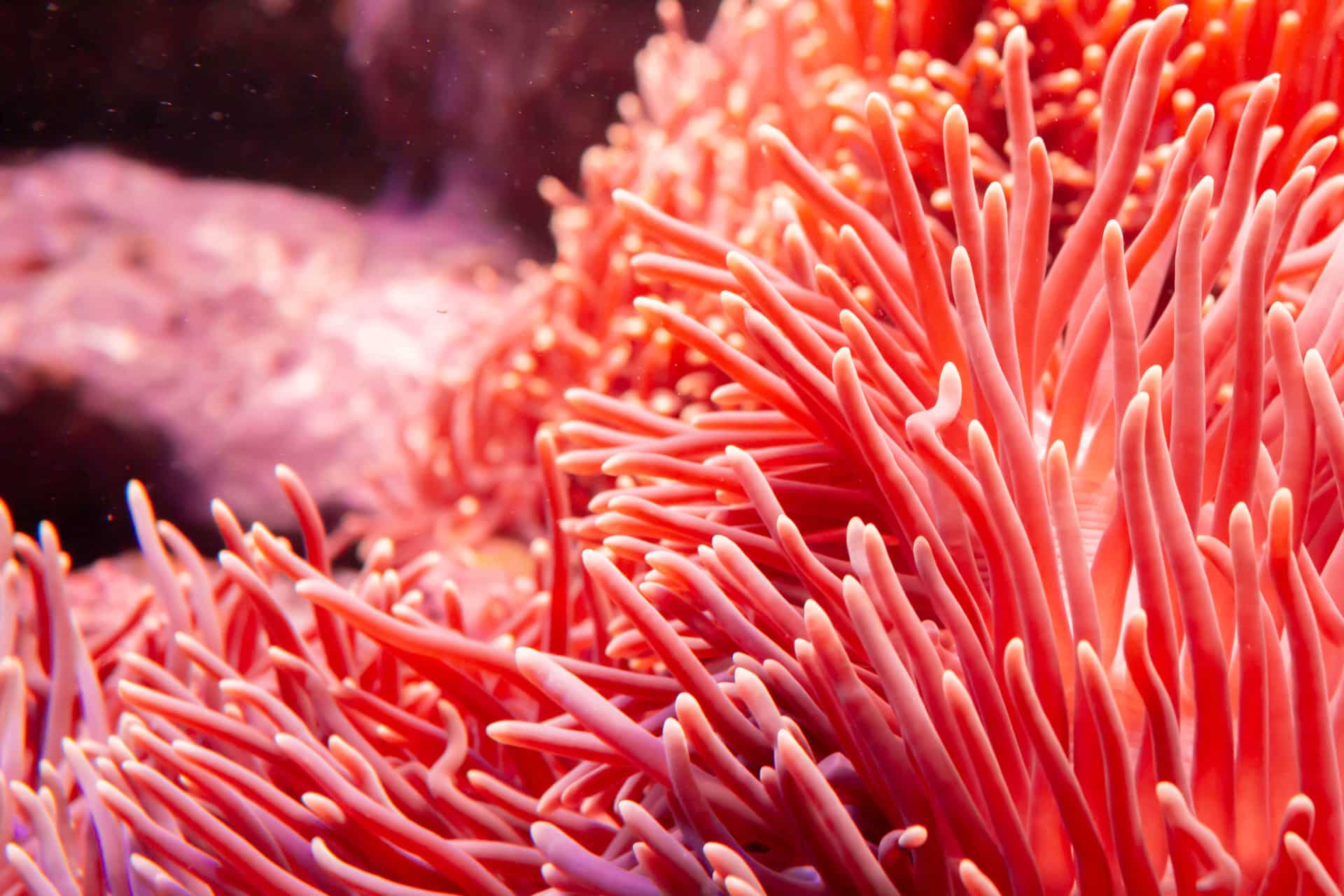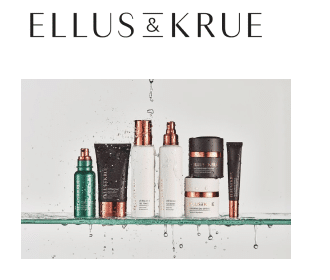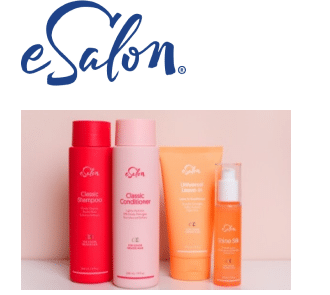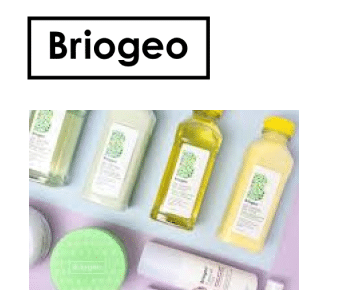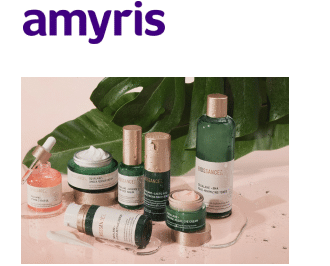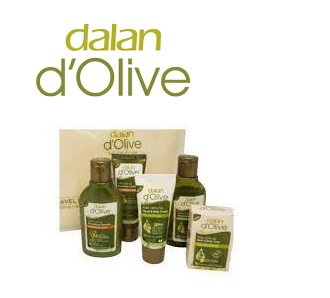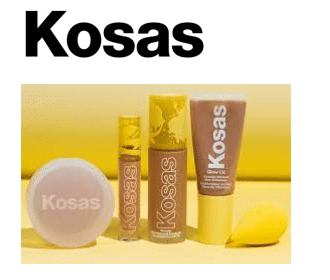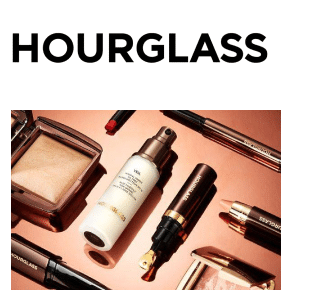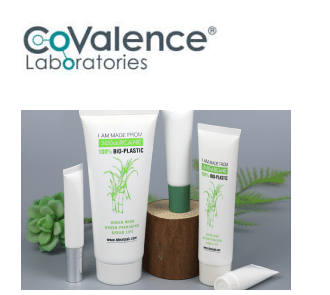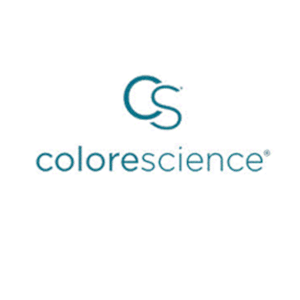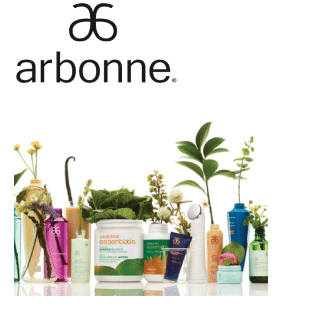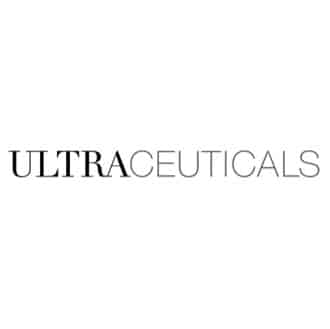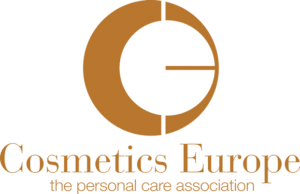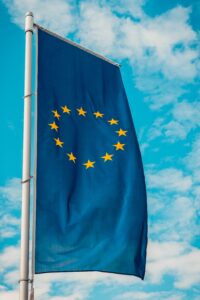
Your Cosmetic Regulatory Expert
Cosmetic regulations: We have been helping thousands of clients to sell cosmetic products quickly and safely in the EU, UK, the US (and in more than 60 countries) by delivering best-in-class regulatory, toxicology and certification services
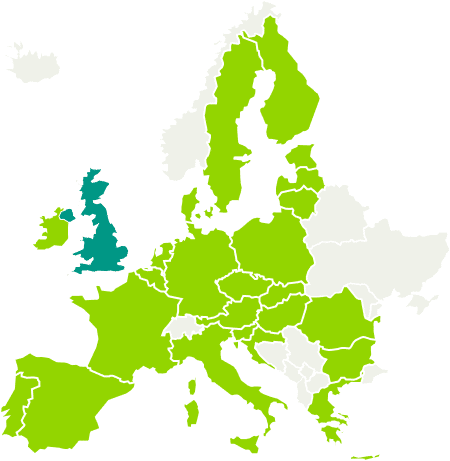
EU & UK
Cosmetic Regulations
Biorius provides a fast and reliable solution that go from A to Z for brands, manufacturers and importers to comply with the European Cosmetics Regulation (EC No 1223/2009) and the British Cosmetics Products Enforcement Regulations 2013 (UK CR).
OUR EU/UK COMPLIANCE SERVICES
-

Formula Review
-

CPSR Part A&B
(Safety Assessment)
-

Label And Claims Review
-

PIF Preparation
(Product InformationFile)
-

CPNP & SCPN Notifications

EU & UK
Legal Representation
The Responsible Person (RP) is in charge of ensuring that cosmetic products marketed in the EU/UK comply with applicable regulations on an ongoing basis and acts as point of contact with local authorities during inspections, and with consumers in case of issues.
Many of the world’s leading brands have chosen to rely on Biorius for this role, both within the EU and UK.
- Represents & defends your brand to the local authorities
- Assists your cosmetic brand with any legal question
- Manages customer complaints if and when they arise
- Regulatory monitoring of ongoing compliance your products
- Manages any undesirable effects from your products
- Ensures your Product Information File is up to date
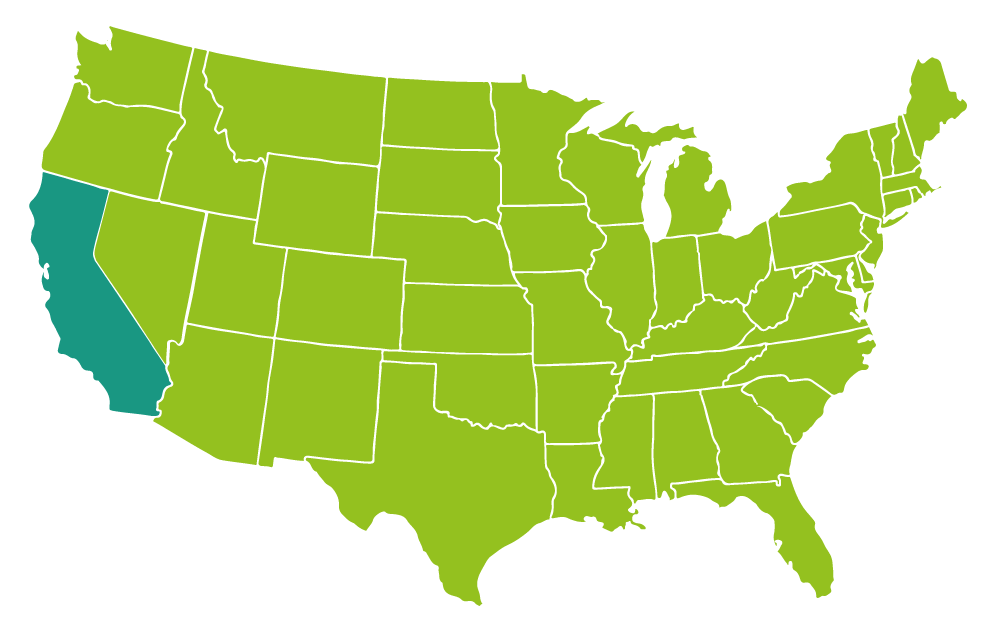
USA (MoCRA) & California
Cosmetics Regulation
To sell in the US, you must consider the Federal cosmetics legislation that applies equally to all States, as well as the State provisions that are usually specific. It is a common mistake to forget this second responsibility.
Specifically regarding the MoCRA: we can cover all your needs from the formula review to the legal representation (US Agent), and we can guarantee that you will comply with the legal deadline of December 29th, 2023.
OUR US COMPLIANCE SERVICES
-

Formula Review
US Federal Legislation
(MoCRA & existing regulations) -

Label and claims review
US Federal Legislation
(MoCRA & existing regulations) -

Report for Adequate Safety Substantiation
US Federal Legislation (MoCRA) -

Cosmetic Products Listing
US Federal Legislation (MoCRA) -

States Provisions
Formula Review + Label and Claims Review in all States -

Legal Representation of your products in the USA
(US Agent)

US Agent
With 15 years of experience as a cosmetics regulatory expert, Biorius can assist your brand in selling products in the US while reducing business risks. We offer a comprehensive service package related to MoCRA, including acting as the US Agent through our legal entity, Biorius Inc.
Worldwide Cosmetic Regulations
With Biorius, your global business success is supported by international legislation experts. We offer registration solutions for access to more than 60 highly promising markets.
Our Cosmetic Certifications
Our certifications are well recognized in the cosmetics industry, valid worldwide and do not have to be renewed. They have been developed by our team of scientists, toxicologists and regulatory experts.
Our logos can be added to your website and packaging labels to boost your marketing and inform consumers with honesty and transparency.
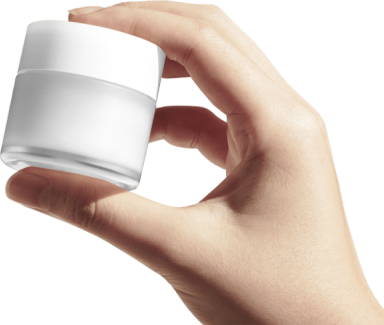
Why Biorius?
For over 15 years, BIORIUS has been an essential partner for
numerous cosmetic brands, aiding in ingredient evaluation
and guaranteeing regulatory compliance for their final products.
Our accomplished team, proficient in regulatory and toxicological
expertise, guides cosmetics companies through the diverse challenges
encountered while launching products into the market.













What Do Our Customers Think About Us?
Latest Regulatory Cosmetic News
Stay atop the latest regulatory and market trends with the Biorius expert team.

BIORIUS Information Letter 124: The council of the European Union agreed on a new regulatory proposal for the regulation of fluorinated greenhouse gases, and it…

Microplastics in cosmetics: plastics we use in our daily life eventually end up in the environment where they stay for centuries and degrade into smaller…
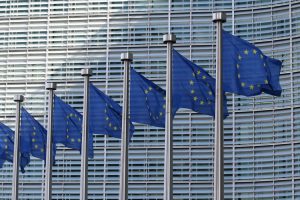
BIORIUS Information Letter 127 (follow-up of Information Letter 117): Commission Regulation (EU) 2024/996, in regard to the use of Vitamin A, Alpha-Arbutin, Arbutin and certain…
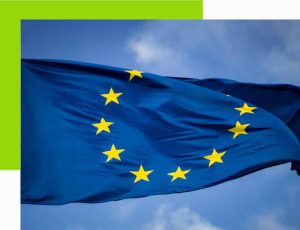
A CPNP notification is the act of informing Europe that you are going to sell a cosmetic product on the European market.
A video of 1m44 that sums up what we do:
Get in Touch
Need a piece of advice, a quotation or answers to your questions? Contact us…
Fill in this form or contact us directly: info@biorius.com – We will answer as soon as possible!
As specialists in cosmetic Regulations for more than 15 years, Biorius offers a reliable turnkey solution for placing cosmetic products in various markets:
- First Class specialists in cosmetic regulations in Europe, the United Kingdom, the United States, and in more than 60 countries
- 50 regulatory experts, toxicologists, pharmacists, and chemists to serve you.
- A unique model that guarantees you both the fastest turnaround possible and high-quality services. Curious? Ask us to know more!
- No hidden costs: Biorius does not charge you for any question, call, or meeting.
- A best-in-class IT tool, free of charge, and saving a lot of your time.
- More than 1,500 international clients have already chosen Biorius!
- We evaluated more than 100,000 products and never had any compliance issues (fines, withdrawals from the market, etc.) in 15 years of existence.
"*" indicates required fields









